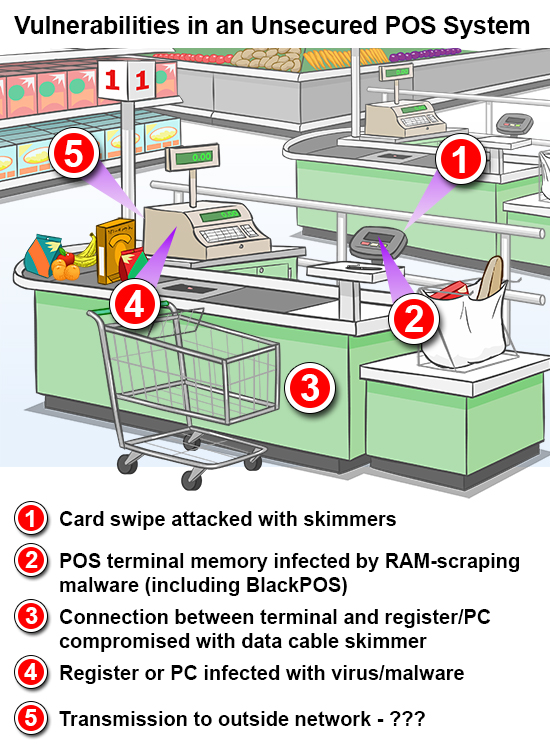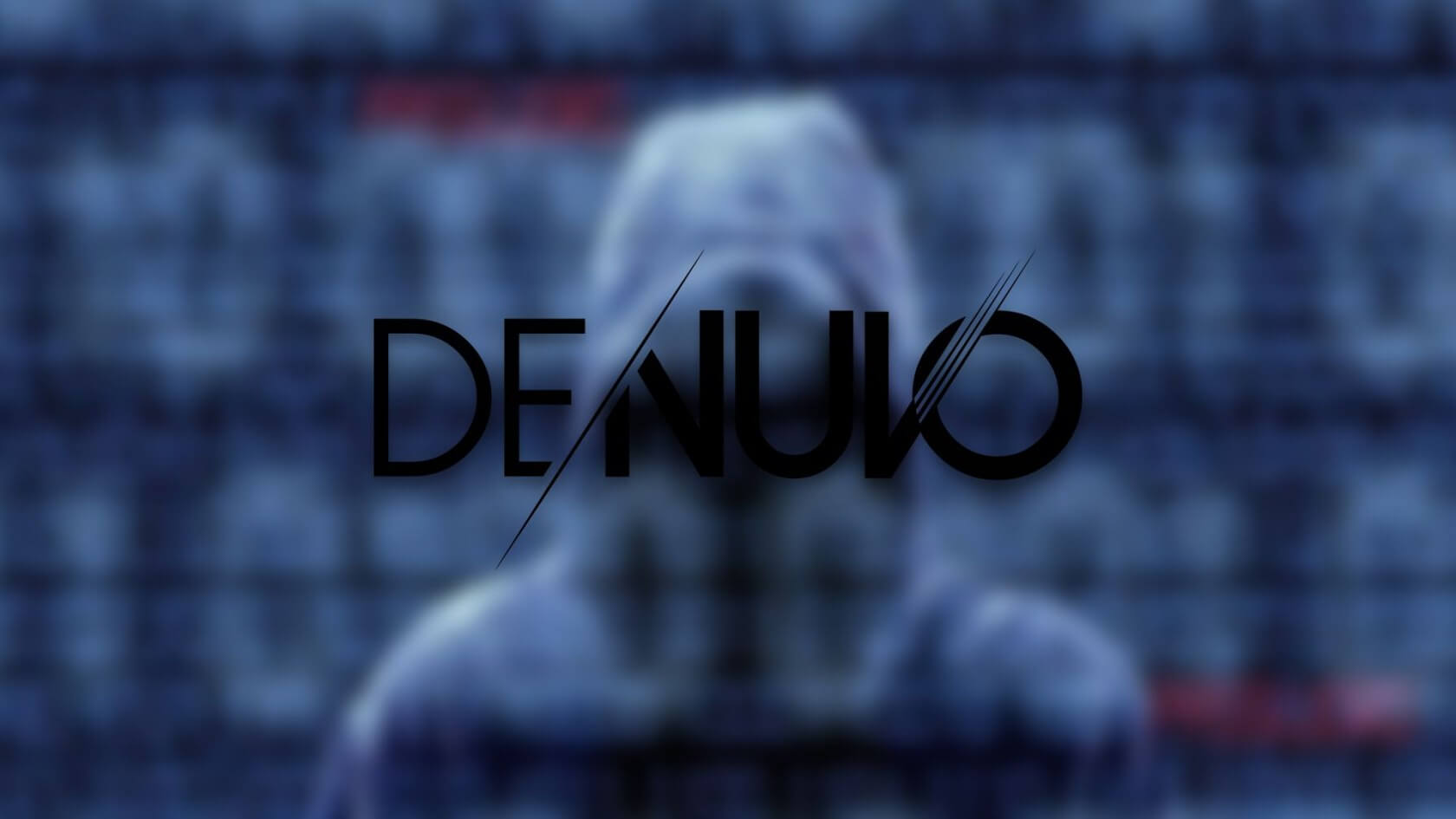

In the US, HBO was one of the first services to encrypt its signal using the VideoCipher II system. Unfortunately for that company, an electronics magazine, "Radio Plans", published a design for a pirate decoder within a month of the channel launching. It was also claimed that it was an unbreakable system. In France, Canal+ launched a scrambled service in 1984. All of these analogue scrambling techniques were easily defeated. Many of these systems (such as OAK Orion) were variants of cable television scrambling systems that affected the synchronisation part of the video, inverted the video signal, or added an interfering frequency to the video. As the DTH market grew, less secure systems began to be used. Some of the systems used for cable feed distribution were expensive. As the technology evolved, addressable set-top boxes became common, and more complex scrambling techniques such as digital encryption of the audio or video cut and rotate (where a line of video is cut at a particular point and the two parts are then reordered around this point) were applied to signals.Įncryption was used to protect satellite-distributed feeds for cable television networks. Other techniques such as adding an interfering signal to the video or audio began to be used as the simple filter solutions were easily bypassed.

As the number of television channels on these cable networks grew, the filter-based approach became increasingly impractical. These filters would be added or removed according to the subscription. The most common of these was a channel-based filter that would effectively stop the channel being received by those who had not subscribed. The early Pay TV systems for cable television were based on a number of simple measures. Consequently, some methods were developed to frustrate these self-connectors. This led to problems with people connecting to the network without paying. The early cable-based Pay TV networks used no security. The prevention of piracy on cable and satellite networks has been one of the main factors in the development of Pay TV encryption systems. Pay television exists to make revenue from subscribers, and sometimes those subscribers do not pay. 2.2 Digital cable and satellite television encryption.2.1 Cable and early satellite television encryption.


 0 kommentar(er)
0 kommentar(er)
